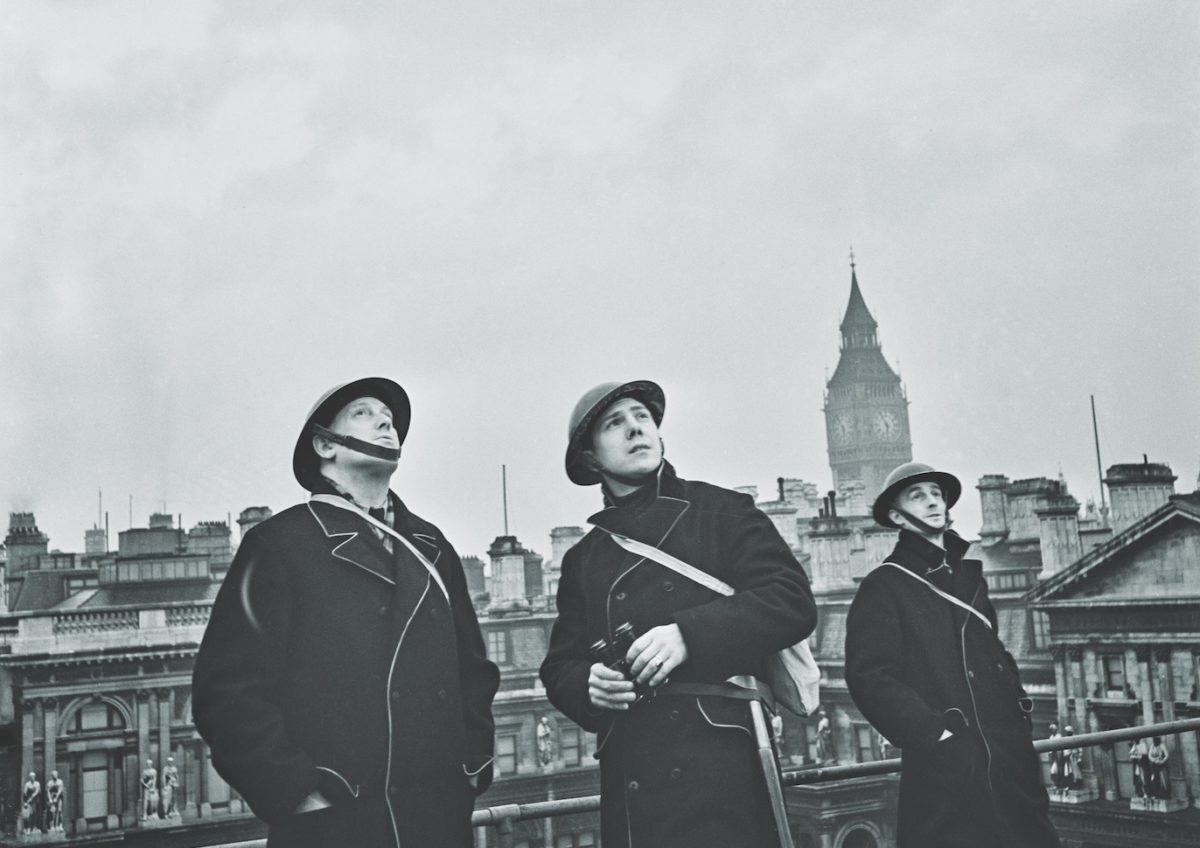On the afternoon of June 12, 1940, Frederick Lindemann, whom British prime minister Winston Churchill had just appointed as his scientific adviser, convened a meeting at the Air Ministry. Lindemann, known to everyone as “the Prof,” extended a last-minute invitation to 28-year-old Reginald V. Jones, the relatively obscure deputy director of intelligence research. The sole topic of the meeting was Germany’s progress in developing and deploying defensive radar systems, research that Britain was already doing with its own secret Chain Home radar stations. As the meeting came to an end, Jones stunned everyone in the room with an alarming piece of intelligence he had learned about only that morning. He now believed, he told the others, that the Germans had made a breakthrough in electronic bomb-aiming that, if successfully implemented, could very well cause Britain to lose the war.
Jones, the son of a London postman, was, from an early age, something of an academic prodigy. By age 22, having earned a doctorate in physics from Oxford University’s Balliol College, he embarked on a civilian career in the Air Ministry that within just a few years had him in the agency’s No. 2 intelligence position, specializing in electronic and radio defenses against air attack.
The advent of commercial broadcast radio in the mid-1920s was as close to magic as anyone could have imagined. It was only three decades removed from Italian inventor Guglielmo Marconi’s initial discovery that radio waves could send messages through the ether, which led to his pioneering transatlantic long-distance radio transmission in 1901 (from St. Johns, Newfoundland, to Cliveden, Ireland). Initially, the system could transmit only the dits and dahs of Morse code, but within a few years voice transmission became possible. With that development and a few readily available components, anyone at home with a bit of technical skill could construct a workable radio set and, as Jones would later write, “conjure speech and music out of the air.”
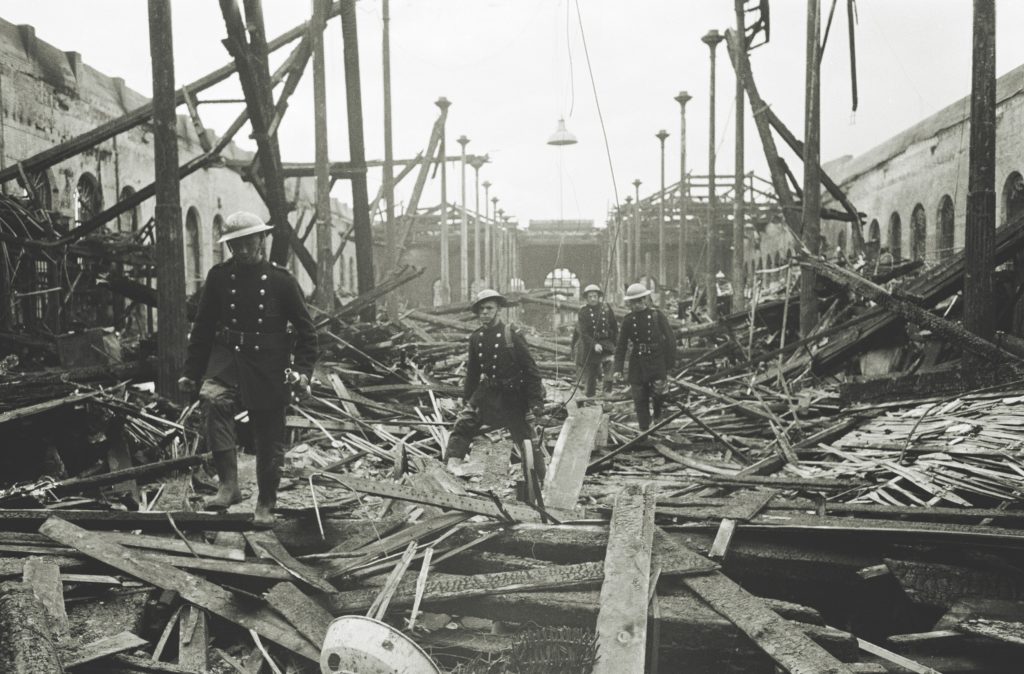
In the mid-1930s, Jones’s research focused on detecting infrared radiation emitted from hot aircraft engines approaching the British Isles. While that intriguing work eventually led to a dead end, it advanced his growing reputation as a young man to watch. Most important, his work had caught the eye of Frederick Lindemann.
Jones first came to Lindemann’s attention in 1931 while the former was still a graduate student in physics at Oxford. One day, the prickly Prof told Jones in a post-examination interview that no student had ever answered his questions so effectively. Neither could have known that years later they would be working together on vital defense work at the Air Ministry.
On the morning of June 11, 1940, Jones received telephone calls from both Lindemann and Group Captain Lyter Fettiplace Blandy, the head of the Royal Air Force’s Y Service, which was responsible for intercepting and decoding German radio signals. Each call invited Jones to a meeting the following day. Lindemann’s afternoon meeting was to discuss Germany’s capability to detect incoming aircraft by using radio waves; Blandy’s morning meeting was more of an informal update on Y Service activities. Jones carried the highest security clearance, including access to intercepts from Bletchley Park, where British intelligence analysts regularly decoded German radio messages sent through their Enigma cypher machine network as part of an Allied intelligence program known as Ultra.
Blandy opened a drawer in his desk and got right down to business. “Does this mean anything to you?” he asked Jones, handing him a scrap of paper. “It doesn’t seem to mean anything to anyone here.”
Jones read the Ultra English translation: “Cleves Knickebein is established at position 53 degrees 24 minutes North and 1 degree West.”
Jones instantly realized that the specified position was a point in England, determined to be on the Great North Road about a mile south of Retford in the Midlands. He knew that Germany had a radio beam transmitter called Knickebeinat Cleves (or Kleves, a city on its western border) and that the British had confirmed the existence of this narrow wave beam over England. To Jones, the name Knickebein (“crooked leg,” in English) suggested an intersection of some sort, perhaps a second beam that intersected the first—in short, a precision “X marks the spot” bomb-dropping device. Further, he said, it presented an opportunity to put up a false cross-beam that would cause the Germans to drop their bombs on decoy targets. In any event, the decoded message meant that the Luftwaffe, the German air force, was developing the ability to precision-bomb England in any weather, day or night.
When Jones was asked about Germany’s defensive radar capabilities at the Lindemann meeting, he said that while he was convinced the Germans had them, he knew few details. He mentioned what had become known as the Oslo Report—an eight-page paper on German technology anonymously sent from Norway that only Jones and a few others had taken seriously. Near the end of the meeting, Jones matter-of-factly dropped a bomb of his own. He reported his analysis of the KnickebeinUltra transmission, which he had read that morning in Blandy’s office; with that, he said, the pieces all fit together, leaving him convinced that the Germans had an electronic two-beam intersecting system for bombing England. Asked to expand on his extraordinary assertion, Jones said that based on this evidence and secretly recorded conversations of Luftwaffe prisoners, he believed Knickebeinhad been derived from the German “Lorenz” blind-landing set installed in German bombers: an electronic aid designed to guide aircraft safely to the ground in any weather by following a radio beam.
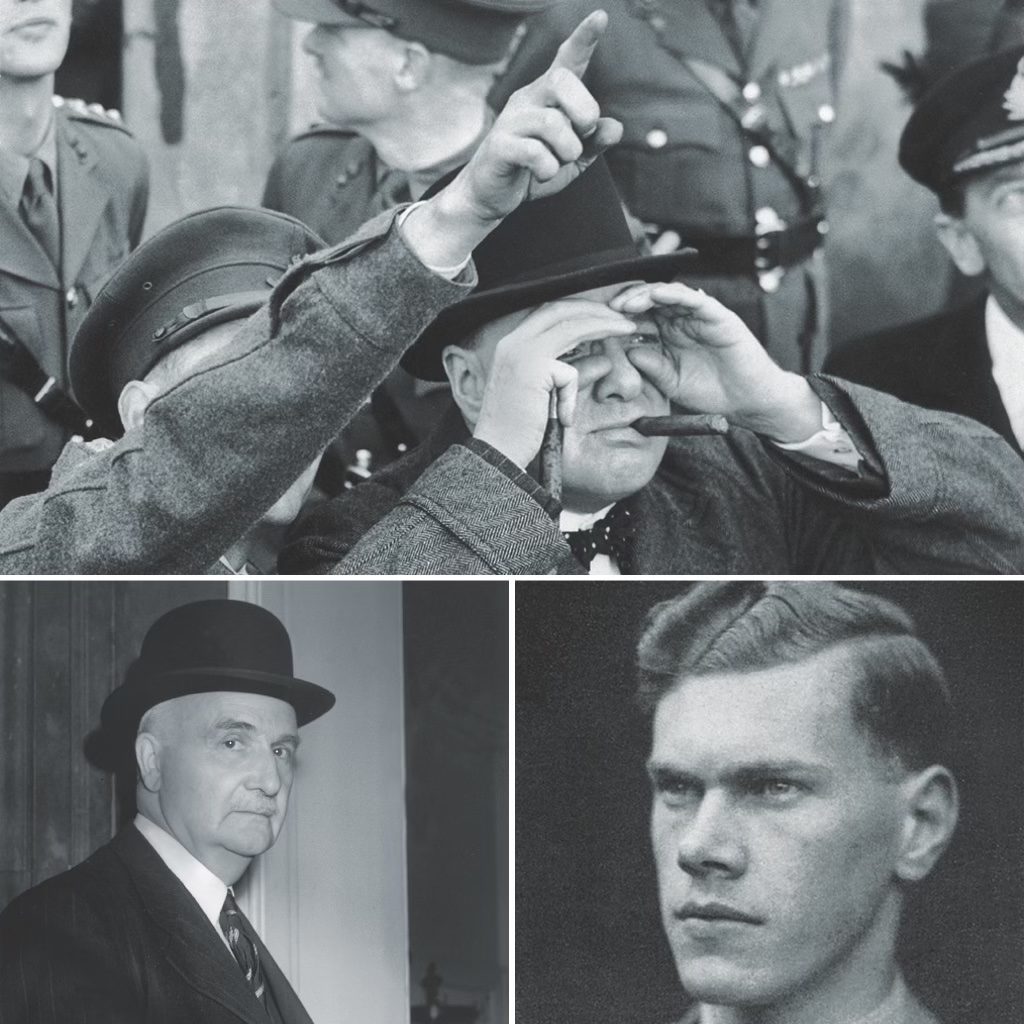
The concept certainly wasn’t new to the Royal Air Force; it had a similar low-frequency radio-range-type landing system installed in its aircraft as well. What was new, Jones explained, was this new built-in two-beam precision bomb-dropping capability. Jones had been tipped off to Germany’s scheme in a discussion with a Royal Aircraft Factory engineer who had examined some of its crashed bombers. The man had mentioned that the only thing unusual about the Lorenz system was that it was much more sensitive than would be required for blind landing.
These blind-landing, “in the soup” cockpit radio-range landing devices had become fully mature in the mid-1930s. Pilots also used them for point-to-point navigation and holding patterns. These versatile systems had various names, including “four-course radio range,” “A-N,” “Adcock radio range,” or sometimes simply “the range.” With the Lorenz, the pilot, after setting up on final approach, would listen to the Morse code signals coming through his headset. If the airplane was to the left of the desired landing course, he would hear the A stream (a repeating letter A in Morse code: di-dah, di-dah, …); if he was to the right he would hear the N stream (dah-dit, dah-dit, …). When he corrected and finally heard a steady tone, he knew he was on the “equisignal”: on proper heading to land. (American pilots called this being “on the beam.”)
If Jones’s theory—and to Lindemann and the others it was still a theory—was correct, and the Lorenz system had been cleverly modified as well as concealed, the Germans would be able to bomb England with near impunity. Almost predictably, the always difficult Lindemann was the biggest skeptic. The beam would not work, he said, because the short waves would not bend around the curvature of the earth. Jones, armed with computations from Thomas Lydwell Eckersley of the Marconi Company, assured Lindemann that the waves would bend. The next day Jones met with Lindemann and showed him Eckersley’s report. Lindemann then withdrew his objection and sent a note to Churchill about the importance of the new device. On June 14 a freshly captured Luftwaffe prisoner of war admitted during interrogation that Knickebein was indeed a bomb-dropping system involving radio beams. To Jones, the evidence was almost conclusive.
On June 21 Churchill chaired a high-level meeting with Lindemann sitting on his right and Lord Beaverbrook, the minister of aircraft production, on his left. Across the table sat Air Minister Archibald Sinclair and all the senior leaders of the Royal Air Force. Jones was admitted 25 minutes after the meeting started. His first impression recorded the lack of any secretaries; clearly this was to be an off-the-record discussion. After sitting silently for a time, he was startled when Churchill abruptly asked him “about some point of detail,” as Jones later described it.
“Would it help, sir,” Jones responded, “if I told you the story right from the start?” Momentarily taken aback, Churchill then said, “Well, yes, it would!”

Jones proceeded to speak with poise and without notes for 20 minutes. “When Dr. Jones finished,” Churchill would later recall, “there was a general air of incredulity.” In particular, Sir Henry Tizard, an influential scientific adviser to Churchill, vehemently opposed Jones’s conclusions. After a rather chaotic discussion, Churchill finally cut to the chase. Turning to Jones, he asked: “What can we do?” The existence of the beams, Jones replied, should first be confirmed through a flight test. Then, he said, it was essential to develop countermeasures to foil them. Much to Jones’s delight, Churchill agreed, setting the plan in motion. Two years later, Lindemann told Jones that Churchill had said, “If we had listened to Tizard in 1940, we should not have known about the beams.”
The very next day three two-engine Avro Anson utility aircraft were sent up, fitted with U.S.-made Hallicrafters S-27 wide-band receivers (essentially ham radio equipment), as well as operators, to locate the Knickebeintransmission frequencies. After a long period without result, one of the Ansons finally picked up a beam. Then they found a second signal. The bearings were consistent with transmitters at Cleves and Bredstedt, Germany. Jones was jubilant. “In the course of ten days [we went] from a conjecture to a certainty,” he later wrote. “[My work had] brought me from obscurity to the highest level of the war.”
By September 1940, the Knickebeincountermeasures were working well, especially during German night raids when alternative visual aids were generally unavailable. The electronic countermeasures had been made increasingly powerful, to the point where they degraded the enemy Morse code patterns into so much static. The German beams had been nicknamed “Headaches,” so it was only fitting to call the British jammers “Aspirins.”
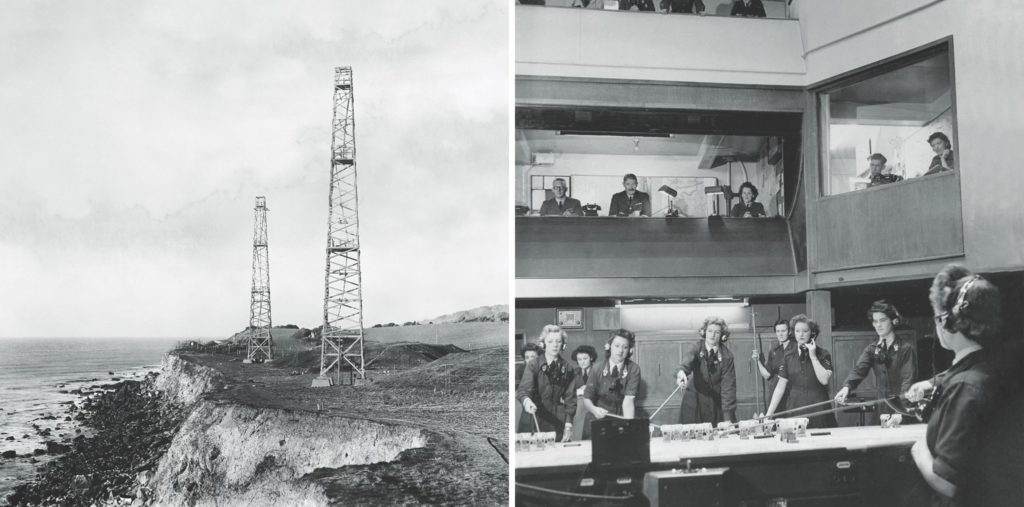
Despite this success against Knickebein, for several months Jones had suspected that the Germans were developing another two-beam navigation-bombing system. Its existence was soon confirmed by Ultra intercepts, coupled with yet more surreptitious recordings of recent Luftwaffe POW chitchat. The Germans called the system X-Gerät: X referring to the intersection of the beams, and gerät meaning “device or apparatus.”
British radio direction finders had identified the transmitting stations as Cherbourg and the Pas de Calais, both on the French coast. Within a few weeks that summer, the signals were linked to a single bomber unit, Kampfgruppe 100 (KGr.100), which appeared to be operating independently of other bomber units. British jammers were quickly modified to block these new “X-beams.” Following the earlier “Aspirin” precedent, the new jammers were called “Bromides.” But a supremely tragic communication error regarding jammer frequencies resulted in a failure to disrupt an X-beam attack on Coventry on November 14, 1940, and Luftwaffe bombers devastated the city. (Some historians have posited that Churchill covered up advance knowledge of the Coventry raid to preserve the Ultra secret, but Jones’s book contradicts such assertions.)
Jones’s unrelenting work in the “Battle of the Beams” led him in that busy fall of 1940 to discover another radio navigation-bombing system. The main clue to its existence was something he had long suspected from references in the Oslo Report. He had also held in the back of his mind a mysterious Ultra intercept from June 27, 1940, which read: “It is proposed to set up Knickebein and Wotan installation near Cherbourg and Brest.” What was this Wotan? Jones wondered. He then telephoned Frederick “Bimbo” Norman, a friend and fellow Bletchley Park associate, whose scholarship in German heroic poetry was highly regarded, and asked him about Wotan.
“He was head of the German Gods,” Norman told Jones. “Wait a moment…he had only one eye.” But then Norman excitedly exclaimed “One eye—one beam!” and asked Jones if he could think of a system that would use only one beam. Jones said that indeed he could, and the resulting conversation opened the door to the possibility of a third, and potentially most devastating, radio bombing system the Germans had devised.
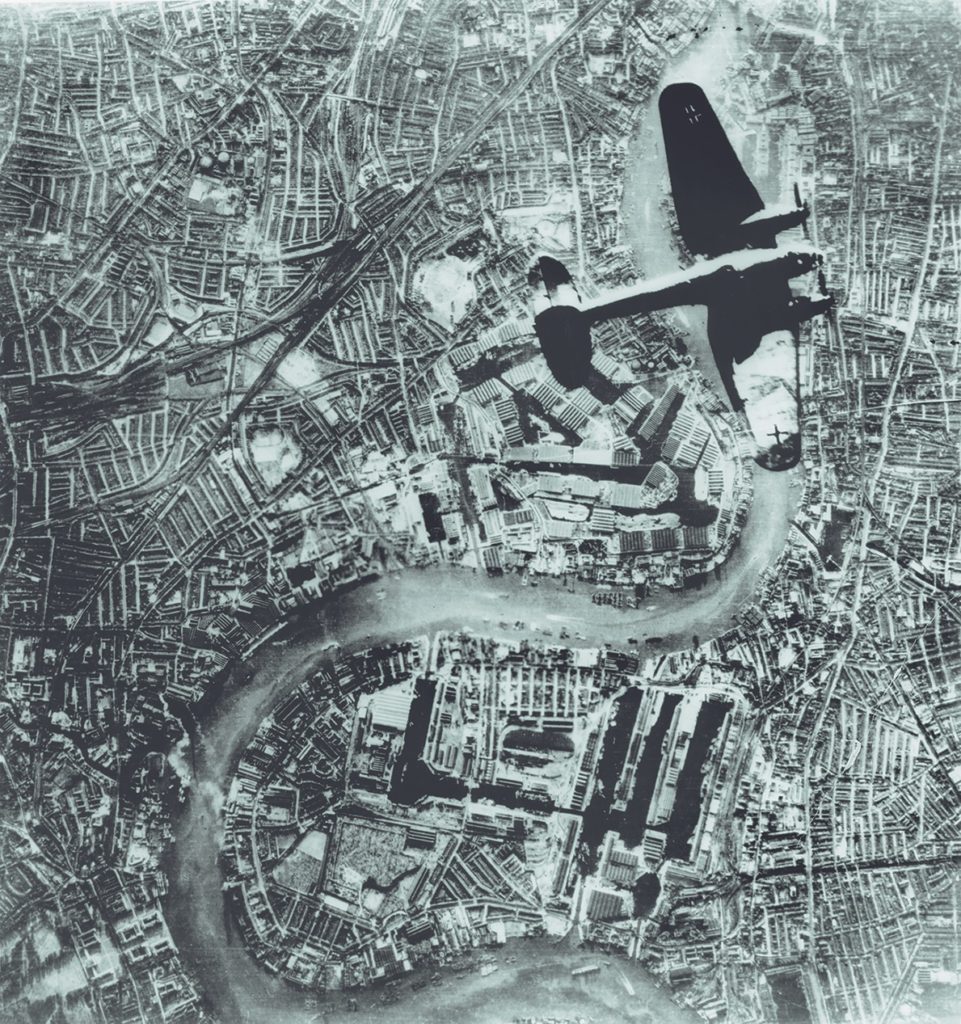
In November 1940 an Ultra-encrypted message intercepted from a German transmitting station contained only a single set of coordinates for a target. When cross-checked on a map, the coordinates matched a British Army training center in Dorset. It all clearly pointed to a navigation system that needed only one beam: the Germans had cleverly modified X-Gerät to re-radiate a second signal on a slightly different frequency. The improved system provided a distance measuring signal to go along with the course line beam. When the signals overlapped, the enemy bomber would be over the target. According to Ultra, the Germans had named this third beam variant Y-Gerät.
The British immediately developed new countermeasures, which, oddly enough, utilized the British Broadcasting Company’s large commercial transmitter in London. By February 1941, the British were able to shoot Y-Gerät beams back at the enemy on the same frequency, only with much higher power. But by May 1941, with Operation Barbarossa—the invasion of the Soviet Union—imminent, the Luftwaffe had transferred most of its bomber forces to the Eastern Front. With that, the “Battle of the Beams” was largely over, though the electronic tit for tat continued off and on for the rest of the war.
As World War II ground on, Jones stepped up his own war against German technology. The Oslo Report was continually reviewed for new leads; references earlier dismissed received renewed scrutiny. Jones had long been haunted by a particular reference in the report to radar, a technology the British—with their still secret Chain Home network—regarded with almost proprietary interest. In July 1940, during the same period he was uncovering the Knickebeinand Gerätsecrets, Jones came across a cryptic enemy intercept that mentioned an air defense warning system it called “Freya.” Jones recognized Freya as a Norse fertility goddess, but that alone wasn’t of much help. On further investigation, however, Jones discovered that Freya had a necklace, guarded by the watchman Heimdall, that gave her the ability to see from horizon to horizon day or night. Now we’re getting somewhere, Jones thought: Heimdall had vision equivalent to radar. (These compromising German code names, incidentally, are the primary reason that secret projects today are given completely random names.)
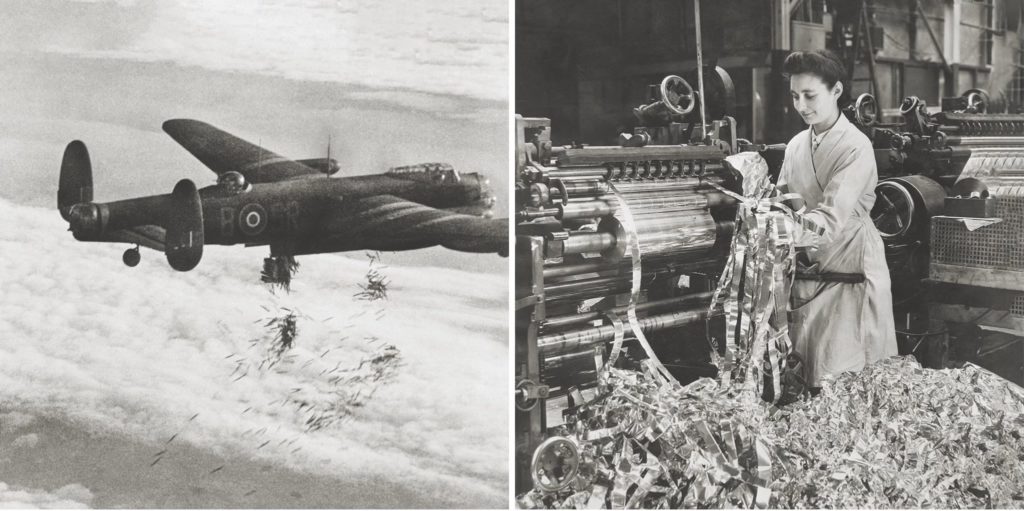
As Jones and his associates sought to locate the Freyaearly warning radar stations, an Ultra decrypt mentioned a second, similar German radar—confirming yet another item in the Oslo Report—code-named Seetakt(Navy Tactical). This shipboard and coastal radar was devoted to locating British ships. At that point the British still didn’t realize that the Germans were in many respects ahead in radar technology. In 1939 Seetakt systems had been installed in the light cruiser Königsberg and the heavy cruiser Graf Spee. The two Seetakt-armed cruisers prowled the Atlantic, sinking British ships until April 1940, when they were sunk and scuttled. By the time the British discovered Seetakt, the Germans were deploying it mostly in destroyer-size patrol boats in the English Channel, and they soon were forced to fall back on optics as their primary maritime range-finding method.
By mid-1941, for Jones and his colleagues, the “Wizard War,” as it was sometimes called, had hit full stride. They were now focusing on the Freyanetwork, rightly judging it to be the greater threat to Bomber Command than X-Gerät. Unbeknownst to the British at the time, the Germans had first used Freya successfully in December 1939, when it detected a daytime raid on Wilhelmshaven by a force of Vickers Wellington twin-engine bombers. It is not well understood even today that in 1941 Freyawas more technically advanced than the British Chain Home system, offering higher resolution and detection of smaller targets. The British have successfully nurtured the myth that their Chain Home radar was technically superior during the early war years, but it was instead the unique ability of the warning system’s Filter Room at Bentley Priory, Fighter Command’s headquarters, to sort out available intelligence and erect the best possible defense.
By early 1942 the tables in the “secret war” began turning in favor of the Allies.
Fortunately for the British, during the Battle of Britain the Freya network was incomplete, leaving large gaps in its coverage, while Chain Home was fully operational. Some scholars have suggested that this disparity came about because the British were in a defensive posture, while the Germans, with the most powerful military in the world, were strictly offensively oriented and had a blind spot when it came to their own defense.
Nonetheless, by late 1941, as a result of Britain’s intensifying attacks on their cities, the Germans had become fully engaged in strengthening their air defense network, with Luftwaffe commander Hermann Göring putting Colonel Josef Kammhuber in charge of the effort. The Allies dubbed the new air defense network, which incorporated the Freya stations, the “Kammhuber Line,” and it proved very effective. The RAF Bomber Command aircrew losses were staggering, with more than 55,000 men killed in action out of a total of 125,000; the U.S. VIII Bomber Command had about 44,000 crew members killed in action.
By early 1942 the tables in the “secret war” began turning in favor of the Allies. Jones, who was now mainly concentrating on electronic countermeasures against enemy air defenses, was becoming increasingly influential in other areas. On learning of the loose formations and timetables of Bomber Command attacks, for example, Jones urged a shift to steady, concentrated bomber streams, which overwhelmed German defenses. Meanwhile, the introduction of the Allied Gee and Oboe radio navigation bombing systems (combining electronic course and distance signals) to air operations made deep penetration missions even more successful. The initial use of this new bomber stream tactic resulted in the immensely successful first 1,000 RAF bomber raids against Cologne on May 30, 1942. Yet the cat-and-mouse game continued: German electronic defenses once again caught up when the Kammhuber Line was completed and Luftwaffe fighters enjoyed renewed success against British bomber raids.
It was during this period of the war that Jones’s reputation as a scientist soared. As early as 1937, he had posited that metal foil falling through the air would create radar echoes. After war broke out, he and Welsh physicist Joan Curran devised a way for British bombers to mask their approach by dropping strips of foil, which they called “Window,” cut to the wavelength of the enemy’s radar. (The same technology, now known as chaff, is still used today.) Window was first used in the weeklong Operation Gomorrah against Hamburg in July 1943, with outstanding results.
Near the end of 1941, another line of Jones’s research led to one of his most spectacular accomplishments. Examining what the Nazis were calling the Würzburgradar, Jones had become increasingly convinced that it was now the RAF’s primary radar threat. He requested intensive aerial reconnaissance missions over the many known Freyasites, hoping that they might stumble on a Würzburginstallation as well. On November 22, 1941, a Photo Reconnaissance Unit Spitfire brought back grainy images of a radar site at Bruneval, a coastal village near Le Havre, France. The photos revealed a suspicious object at the end of a well-trodden path leading from the station.
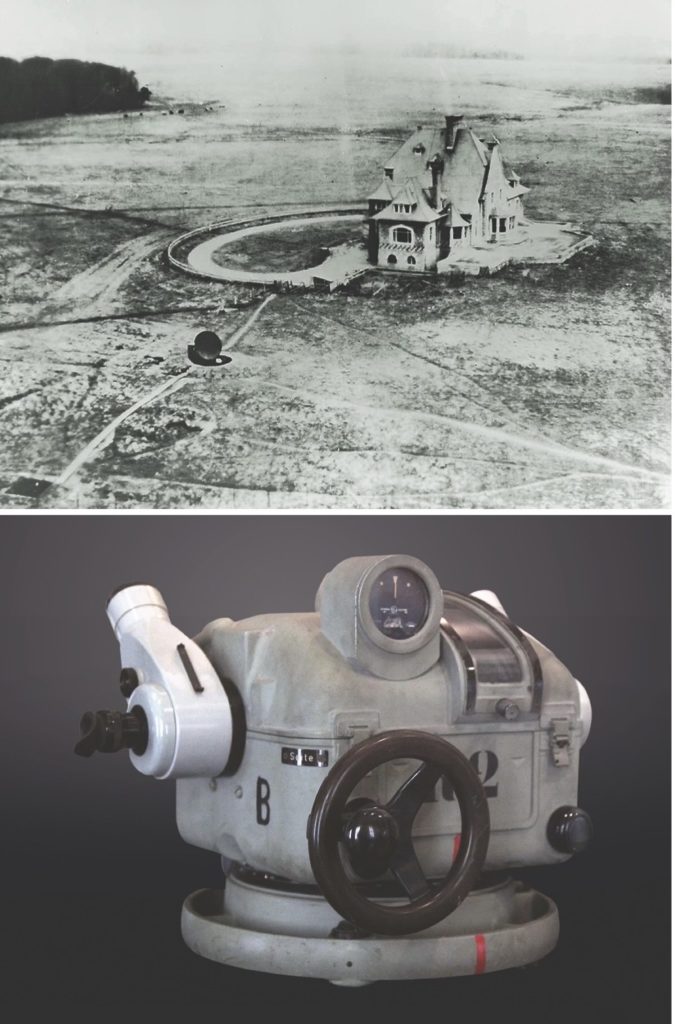
A daring PRU Spitfire pilot, Flight Lieutenant Tony Hill, volunteered to make a dangerous low-level recon pass over the site on December 5. His pictures revealed a 10-foot-wide radar dish—what came to be known as a Würzburg-Riese (Giant Würzburg). Jones was galvanized. He realized the British had much more to learn about this long-sought mystery radar, which Ultra intercepts had hinted at. Although he hesitated to recommend a commando raid, fearing that many lives would be lost, he finally decided that such a raid was justified. After carefully analyzing the radar’s location on detailed maps, he found a nearby beach with a sloping approach that was nearly ideal for a raid to capture as much of the site’s equipment as possible. With Prime Minister Churchill always enthusiastic about such adventures, Jones’s proposal quickly made it up the chain of command. The Bruneval raid—code-named Operation Biting and led by Major John Frost on February 27, 1942—was a great success.
The most important result of the Bruneval raid was a fuller understanding of the capabilities of German air defense radars. The British discovered that while the Würzburgtypes were much better built than their own radars, they had no provisions to handle countermeasures. The British would go on to deftly exploit this key weakness.
Yet another of Jones’s counterintelligence coups was during the latter stages of the Malta Siege of 1940–1942—what some have called “The Great Malta Bluff.” The Germans had installed powerful new jammers on Sicily, which rendered useless the radar on the British-held island of Malta, a mere 60 miles south of the Sicilian coast. Malta was directly in the path of enemy shipping lanes from Italy that supported Italian and German forces in North Africa. The new enemy jammers could take out the island’s air defense early warning system, leaving Malta extremely vulnerable. The island’s Signals Organization asked Jones and his team in England for help. No electronic countermeasures were available. Jones knew, however, that the Germans judged the success of their jamming by monitoring British radio and radar activity, and lacking an alternative, he signaled Malta to continue radar scanning normally and give no clues that they were in difficulty. The bluff worked. After a few days, the Germans gave up and switched off their jammers.
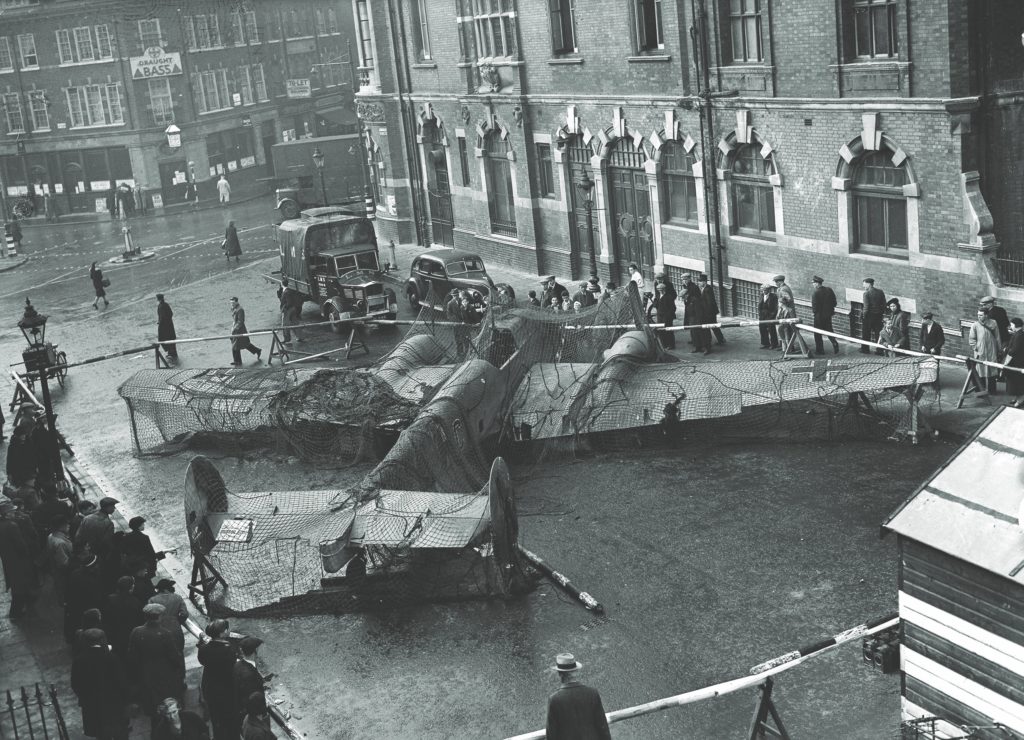
Jones didn’t learn the identity of the author of the anonymous Oslo Report until a chance encounter in the early 1950s, a fact he didn’t reveal until after the author died in 1987. Appalled by Hitler’s invasion of Poland, Ferdinand Mayer, a German mathematician and physicist, had elected to send his eight-page report to British intelligence. Though he would be arrested by the Gestapo in 1943 for political activity and sent to concentration camps, Mayer survived the war. The Nazis never learned about the Oslo Report.
In recognition for his role in the conception and planning of the Bruneval raid, Jones was appointed Commander of the Order of the British Empire. It would be the first of many such honors. Meanwhile, his war “wizardry” continued through May 1945, most notably unraveling the Kammhuber Line; discovering V-2 rockets at Peenemünde, Germany, and Blizna, Poland; finding the launching tracks of the first V-1 pulse-jet “buzz bombs” in the Baltic; and intelligence gathering for D-Day at Normandy. Jones, who died in 1997 at age 86, was undoubtedly responsible for saving the lives of thousands of Allied soldiers.
In 1993, as a final testament to his dual positions as the “father of electronic countermeasures” and dean of the World War II intelligence wizards, the U.S. Central Intelligence Agency created the R. V. Jones Intelligence Award to recognize “scientific acumen applied with art in the cause of freedom.” Fittingly, the first recipient of the award was Jones himself.

